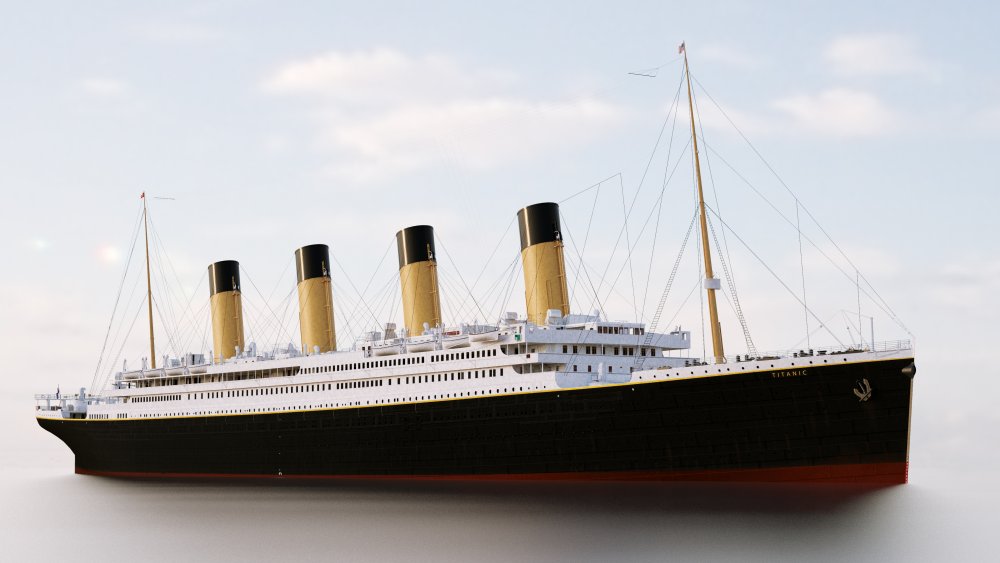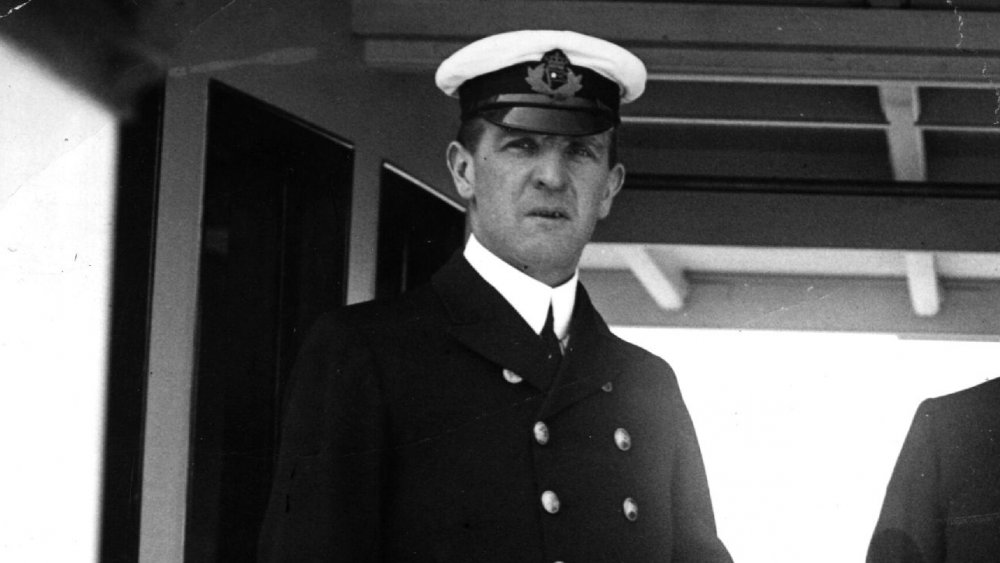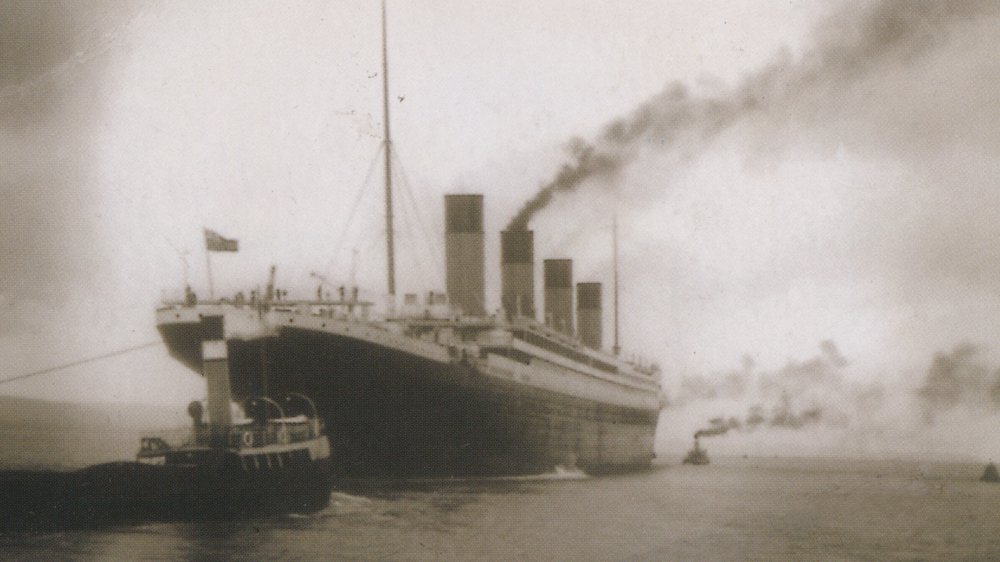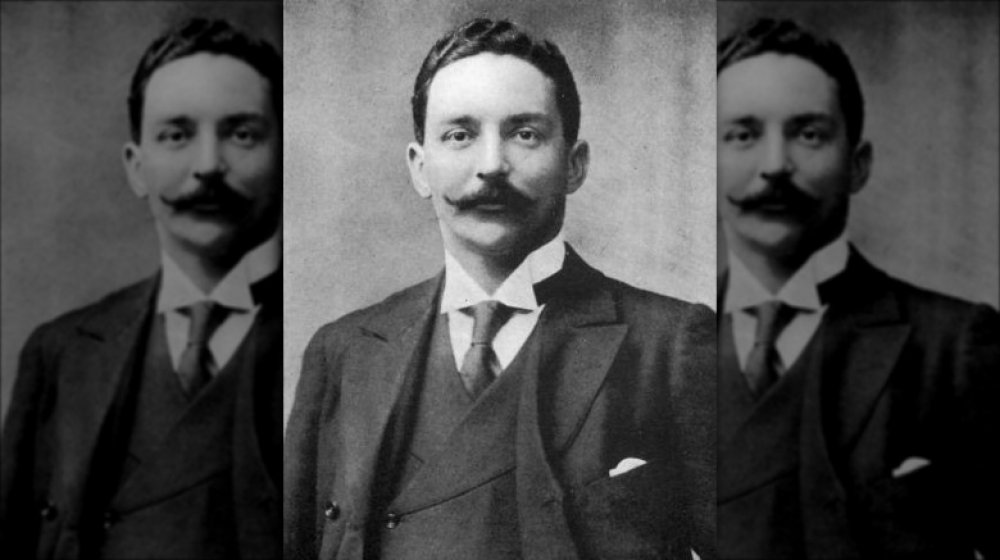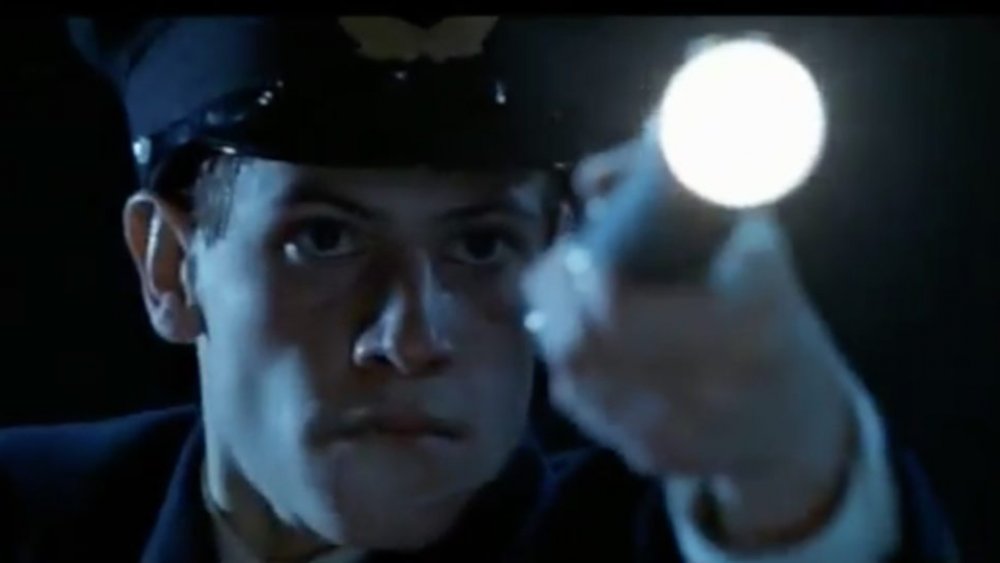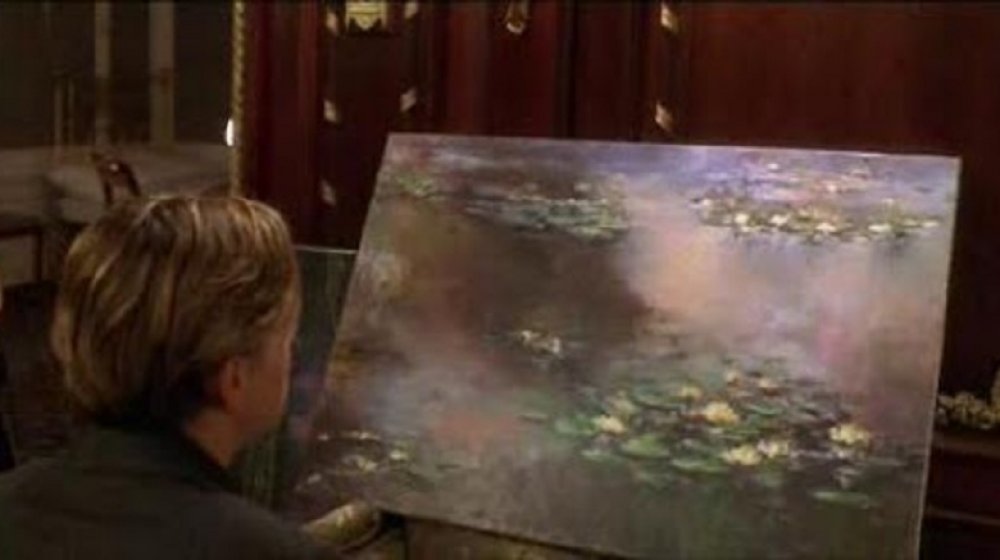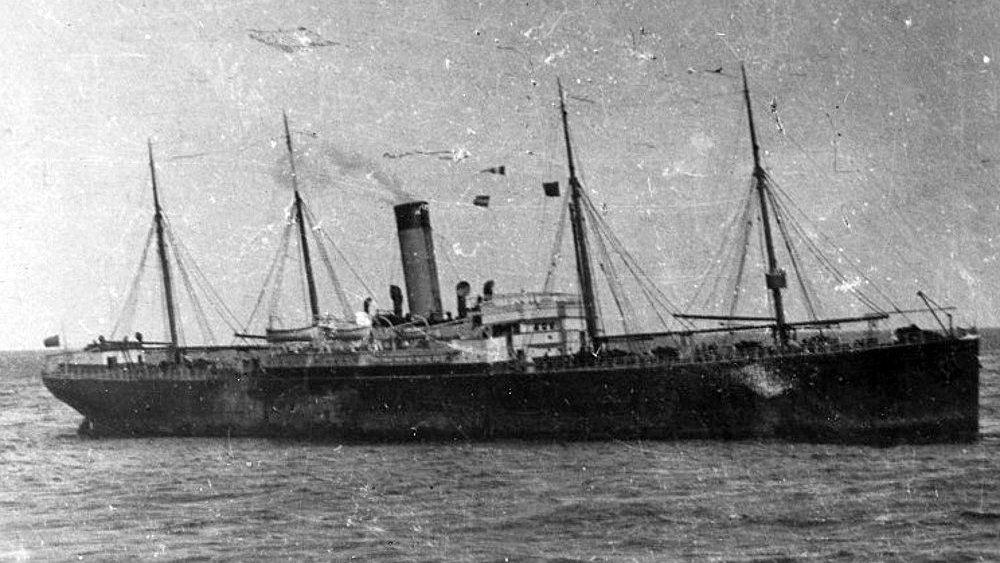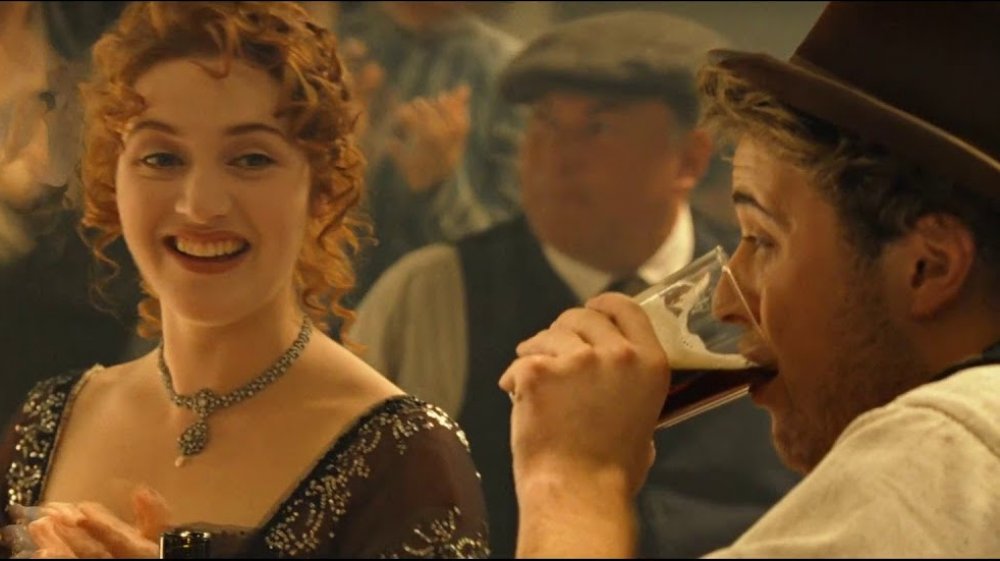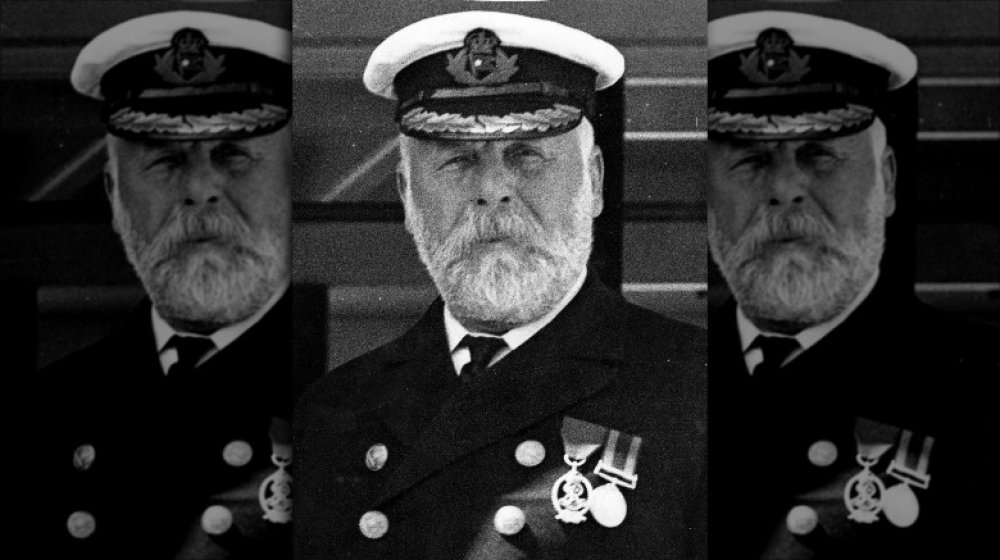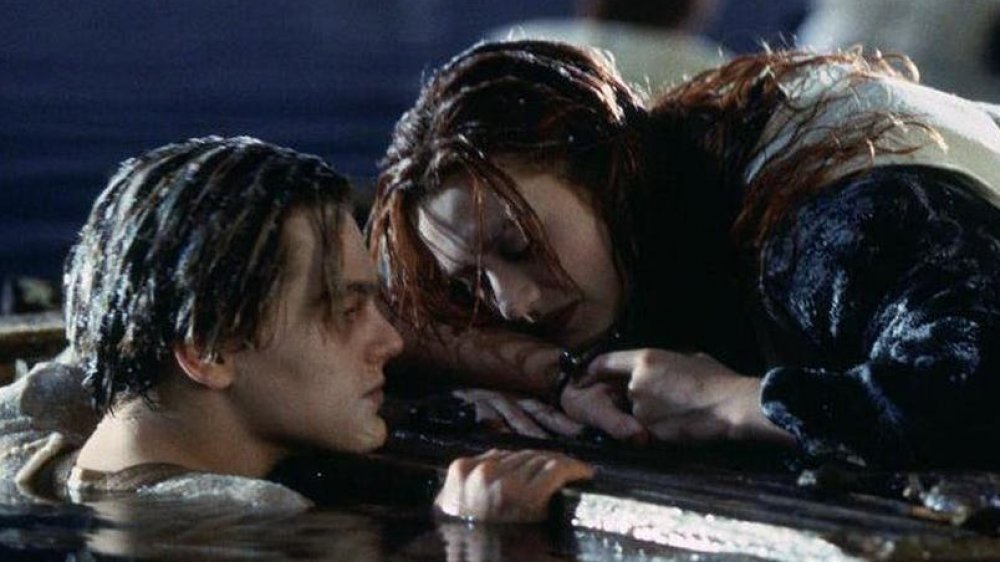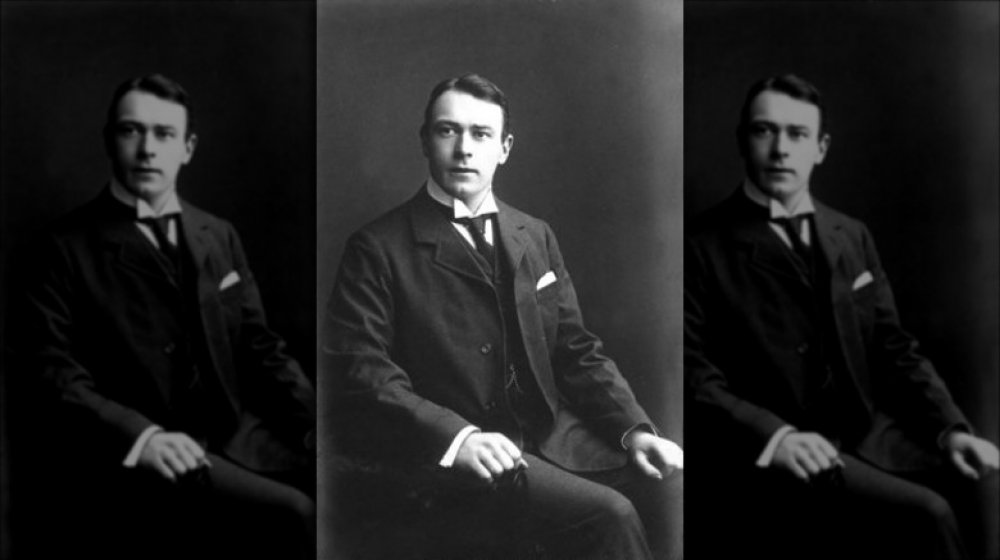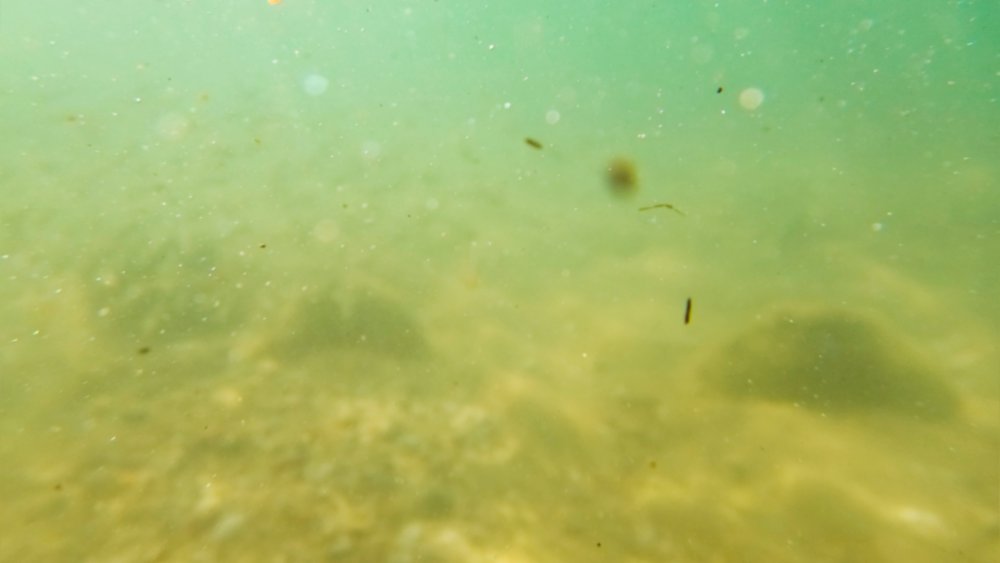Things Titanic Got Wrong About The Real-Life Disaster
If you're wondering why you're broke, it's because the movie Titanic made all the money back in 1997—according to Box Office Mojo, it's earned $1.85 billion dollars worldwide. The movie, starring a very young Leonardo DiCaprio and Kate Winslet (not to mention a gloriously hammy Billy Zane) was something of a phenomenon upon release. The dramatization of the 1912 sinking of the luxury cruise liner, carrying some of the wealthiest and most powerful people in the world (and some of the poorest and least powerful as well), was a global hit and remains the fuel for an infinite number of internet memes today.
Part of the mystique of the film was how well writer-director James Cameron combined his exhaustive research with a classic love story and state-of-the-art computer effects to recreate the famous ship. Those effects still hold up more than 20 years later, in large part because Cameron was—and remains—obsessed with the Titanic. He even went down in a submarine several times to observe the wreckage in person.
But nothing is perfect, except perhaps Leo's hair in this movie. Despite Cameron's eye for detail and deep knowledge of his subject, there are still a few things wrong with the film. Some of the things Titanic got wrong about the real-life disaster are conscious decisions to make the story more compelling, and some are just flat-out mistakes.
The Titanic's third-class passengers weren't locked in
One of the most dramatic moments in Titanic occurs when everything is visibly going to hell as the ship sinks, and the third-class passengers discover the metal gates separating their area of the ship have been locked. A crowd of angry, non-rich immigrants push against the gates and beg crew members to give them a chance at survival—to no avail.
Thankfully, this didn't actually happen. As noted by The Culture Trip, the gates did exist, but their function was to comply with U.S. immigration laws, which required that people immigrating to the country be separated until they could be brought to Ellis Island for processing—likely to guard against the spread of infectious diseases. The gates would not have been used during the voyage. The BBC reports that it's possible some of the gates were closed in the initial confusion, but were opened very quickly.
None of that changes the fact that the second- and third-class passengers were at a severe disadvantage when it came to surviving the disaster. Not only did the ship carry an insufficient number of lifeboats, the first-class passengers had much faster and easier access to them, and many were launched under capacity. On top of that, many of the third-class passengers actually hesitated to abandon the ship, worried about their luggage, which was for many everything they owned in the world.
First Officer Murdoch was actually a hero
James Cameron does a fantastic job of depicting the slow-boiling panic on the Titanic as its situation worsened. Initially, passengers had no idea how badly damaged the huge ship was. Slowly, panic spreads, leading to one of the most shocking moments in the film when First Officer William Murdoch shoots a passenger as the desperate crowd tries to rush one of the remaining boats, then offers a grim salute and shoots himself in shame and grief.
According to Scottish Field, Cameron came up with this dramatic moment from a few scattered survivor accounts that reported hearing gunshots in the final moments of the ship's sinking. While some of these reports specified an officer doing the shooting, none actually identified Murdoch, and most of the eye-witness accounts mention nothing about gunshots at all.
And as USA Today reports, Murdoch was an unlikely figure to lose his cool. He was an experienced sailor with a sterling record, and he was observed acting coolly and heroically during the crisis. While it's impossible to know how Murdoch behaved at the very end, or how he died, it's notable that Cameron himself has apologized to Murdoch's family. According to The Daily Echo, Cameron said, "I've come to the realization that it was probably a mistake to portray a specific person, in this case First Officer Murdoch, as one who fired a weapon."
No one actually thought the Titanic was literally unsinkable
If you know nothing else about the Titanic disaster, you probably know that everyone was kind of shocked when it went down because it was famously believed to be "unsinkable." In the film, Cal Hockley (Billy Zane) even exclaims "She is unsinkable!" when someone expresses doubt about the idea. It's become part of the tragic circumstances of the disaster that everyone was so foolishly certain the ship couldn't possibly sink.
It's true that many news articles hyping the ship used the term "unsinkable" pretty frequently. But as Snopes notes, the term was almost always paired with a qualifier: Practically unsinkable, or almost unsinkable. The design of the Titanic was consciously less safe than ships that had been built decades earlier, because the demand for increased luxury and amenities took precedence.
In fact, as the Encyclopedia Britannica explains, most of the passengers didn't think the ship was unsinkable for one simple reason: They didn't think about safety at all. The passengers were much more focused on the accommodations provided, and paid little if any attention to the possibility that the ship might sink. Any professional sailor or engineer associated with the ship knew that the word "unsinkable" was just marketing and hyperbole—none of them would have realistically thought the ship impossible to sink.
J. Bruce Ismay was probably not a villain
Titanic is kind of a subversive film, in its way. Almost all of the wealthy passengers are portrayed negatively, and their arrogance and greed are more or less explicitly blamed for the disaster. No one looks worse in James Cameron's movie than J. Bruce Ismay, president of the White Star Line. As portrayed by Jonathan Hyde, Ismay is a pompous, bigoted rich guy who ducks onto a lifeboat with the women in children like a coward. Hyde's expression of epic shame when one of the ship's officers sees him do so is one of the most underrated acting moments in the film.
Ismay's survival was controversial. As the BBC reports, he spent the rest of his life trying to justify it. Much of the controversy stemmed from the belief that as an officer of the company, he was technically part of the crew with a duty to remain. Ismay argued that he was merely a passenger.
The truth is more complex. As the BBC notes, Ismay's behavior on board was inconsistent, probably because he was terrified and confused just like everyone else. But there is plenty of evidence that Ismay did indeed help his fellow passengers; he received at least one message of thanks from a woman who said he personally helped her get onto a lifeboat, and there are other reports that he assisted many others before deciding to hop into a waiting lifeboat himself.
The crew of the Titanic certainly didn't have flashlights
It might seem like a small detail, but the use of electric flashlights in Titanic actually robs the film of some tension and horror. In reality, the confusion and terror of the experience would have been slightly worse because it was all unfolding in darkness—as The New York Times notes, much of the ending should have been a "pitch-black sequence."
Technically, electric flashlights existed in 1912. According to History of Lighting, the first battery-powered flashlight was invented in 1899, but the earliest versions were weak and unreliable, and it wasn't until the 1920s that flashlights really took off. Simply put, the crew of the Titanic would not have had flashlights, and would have searched for survivors after the sinking in almost total darkness. There was one actual flashlight on board—which Live Science reports was wielded by a passenger who used it to guide her lifeboat through the ice.
As the Houston Chronicle reports, James Cameron most likely knew about the lack of flashlights. But a pitch-black scene in the middle of a blockbuster movie is a bad idea, so he needed a way to explain why we could see everything so well, and probably thought including flashlights was a minor historical discrepancy well worth indulging.
No Monets were harmed in the sinking of the Titanic
James Cameron portrayed several real-life historical figures in Titanic, including the mega-wealthy John Jacob Astor and Benjamin Guggenheim. For his central love triangle, however, he invented three fictional people: Jack and Rose, of course, and Rose's awful, incredibly rich fiancé Caledon Hockley. As played by Billy Zane, Hockley is a mustache-twirling villain who believes he owns Rose just as he owns several priceless paintings.
Oh yeah, those paintings. In one scene Hockley's collection is shown to include some works that are considered priceless—including Water Lilies by Claude Monet and Les Demoiselles d'Avignon by Pablo Picasso. It's terrible to imagine these amazing works of art sinking to the bottom of the Atlantic Ocean, so it's a relief to know that they didn't, because they weren't on the ship.
As ArtLyst notes, there were some priceless works of art lost in the disaster, including the famous painting La Circassienne au Bain by Merry-Joseph Blondel. But as ArtCorner notes, the Monet and Picasso pieces were 100 percent not on the Titanic when it went down. Most likely, Cameron wanted to demonstrate how rich (and ignorant) Hockley was, and thought including these paintings would be a fun detail for anyone who knows their art.
There was a nearby ship
When the Titanic struck the iceberg and began the process of sinking, it was in the middle of an ice field in the Atlantic. In the film, when it radios for assistance, Captain Smith is informed that only one ship is close enough to respond—the Carpathia, about 50 miles away. He's informed that it will take four hours for the ship to get to them, and Smith's reaction is one of horror because he knows the Titanic will be at the bottom of the ocean by then.
All of this is true. As the BBC reports, the Carpathia was 50 miles away, and it pushed its engines to extreme limits as it raced to the rescue, arriving a little over three hours later—and rescuing about 700 people from the icy waters.
In reality, however, there was a closer ship. The Californian was about 20 miles away. It had shut down its engines when it encountered the ice field—and even warned Titanic about the possibility of icebergs. In fact, the crew of the Californian saw the Titanic's flares and rockets, but Captain Stanley Lord believed they were just signaling. The Californian's radio had been turned off, and so the ship didn't arrive until the next day. If Captain Lord had responded, many more people might have been saved.
There were no sweaty steerage parties on the Titanic
Titanic is at its core a love story, and a story about a woman finding her confidence and carving out an exceptional life for herself when she's given a second chance by fate. Part of the love story is the class element; Rose is an impoverished aristocrat being forced to marry the loathsome Cal Hockney in order to keep her family in luxury, whereas Jack is a low-class American living a life of adventure and honesty without any money.
One of the key moments in the fast-moving romance between these two characters is when Jack brings Rose down to the sweaty, crowded third-class area, where a raucous party has broken out. The wild dancing, singing, and sheer joy of existence on display is a sharp contrast to the stuffy, boring events of first class. In fact, the film kind of makes it look like the third class passengers were just running wild down below (although it does look like a party you'd want to attend).
The only problem? As film historian Alex von Tunzelmann notes in The Guardian, third class accommodations were segregated by gender, with the men in one area and the women in another. That means a party like the rager depicted in the film probably couldn't have happened.
Captain Smith did more harm than good
James Cameron's Titanic spreads the blame for the disaster around a bit. He's not afraid to make J. Bruce Ismay, president of the White Star Line, look like a selfish coward, for example. But one person gets off with relatively little blame in the film: Captain Edward Smith. As portrayed by Bernard Hill, Smith is shown to be a competent, compassionate man who realizes the trouble the ship is in too late. His decision to literally go down with the ship is given a big, dramatic moment as he waits on the bridge for the water to burst in and drown him.
In reality, Captain Smith should get a lot more blame. As the BBC makes clear, he was the captain. Every decision that doomed the passengers stops with him. He ignored warnings about the ice field, after all, and maintained a speed that made evading icebergs difficult if not impossible.
Worse, he never issued an order to abandon ship. The lack of such an order convinced many passengers that things weren't as bad as they seemed, and definitely slowed down the evacuation. And Smith had to have been aware that lifeboats were departing only half-full, and yet he appears to have done nothing about it. Many people speculate that Smith was in shock from the enormity of what was happening, which would explain his lack of organized action.
Once the Titanic sank, people would have died a lot quicker
The depiction of the Titanic's final moments on the surface of the ocean is as spectacular an action sequence as you'll see on film. James Cameron might be forgiven for fudging some facts for dramatic license, and one of the biggest of those fudged facts happens when everyone is floating in the water once the ship goes down. No, we're not talking about the fact that Jack totally could have fit on that door. We're talking about how long everyone survives—especially Rose.
Put simply, that water was cold. The human body doesn't do well when immersed in cold water, and most of the people splashing around out there would have been dead pretty fast. How fast? According to the Red Cross, hypothermia would have killed many in as little as 15 minutes, because you lose heat faster in water.
And according to Entertainment Weekly, no lesser authority than Mythbusters looked into Rose's improbable survival floating on that door. Their experiments showed that Jack, submerged in the cold water, would have died in 51 minutes at most. Rose, floating on the surface, may have just survived the 60 or so minutes needed to be rescued—but it's pretty unlikely. And even if she would have been technically alive when the lifeboats returned, she probably wouldn't have been able to move or blow a whistle with a body temperature of 82.5 degrees.
Thomas Andrews probably didn't stand shell-shocked in the Titanic's smoking room
Thomas Andrews is one of the few upper-class characters in Titanic who comes off as recognizably human. The chief designer and engineer behind the ship, he's a sole voice of caution—and one of the few rich folks who actually seems to care about the people about to be turned into popsicles all around him. He's so shattered by what his design has wrought, he's depicted standing in the first class smoking room (that's money, when you have a whole separate room for smoking) staring vacantly.
This is the rare case where the true story makes someone look a lot better than they do in the movie. As noted by Smithsonian Magazine, while it's true that Andrews was indeed last seen staring into space in the smoking room, he spent most of his final hours working hard to save as many passengers as possible. There are multiple reports of Andrews arguing with passengers who simply didn't believe the ship would sink, and of him throwing chairs and other buoyant objects into the water for people to grab onto.
After all that effort, Andrews discarded (or gave away) his life jacket and resigned himself to his fate, either to consciously give one more person a spot in a lifeboat, or because he considered himself part of the crew and duty-bound to go down with the ship. Either way, he was something of a hero.
The water would have been a lot more disgusting
For a film sporting some of the best computer-generated effects of the period, there is one detail that is spectacularly, obviously wrong, and it's kind of a big one considering the story. No, we're not talking about the fact that Leonardo DiCaprio appears to be about 12-years-old. We're talking about the water. The water shown when the ship begins to sink is all wrong. In the film, Jack and Rose (and the other passengers) splash around what looks like a Titanic Theme Park, with crystal-clear water that almost looks fun and inviting. Even when you imagine that water as freezing cold, it still looks pretty clean and healthy.
But according to NASA, that probably wasn't the case. Ocean water is teeming with ... stuff. From algae and plankton and other tiny living things to, you know, fish and other organisms, plus plain old dirt and more. It probably would have been darker, smelled pretty bad, and made everyone sick after they'd swallowed enough of it, which would have been unavoidable.
It's understandable that James Cameron didn't want to ruin his gorgeous shots with water that looked like sewage runoff, but it's distracting once you think about it, and takes away from the otherwise remarkable verisimilitude of the film.
